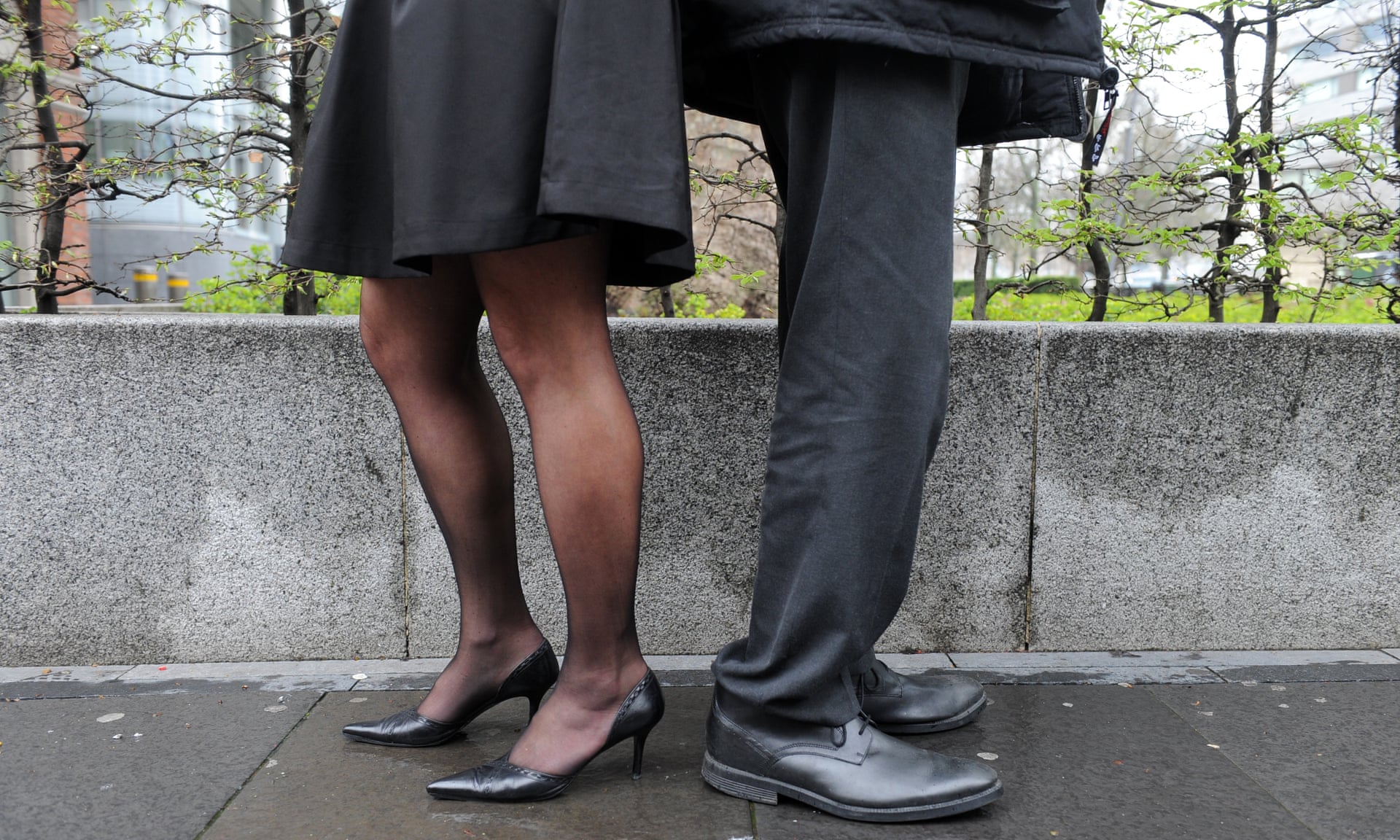DDP Talks To
"The Devil Ties My Tongue" by Amy Seiwert performed for the SKETCH Series, 2013. Photo by David DeSilva. Courtesy of Amy Seiwert's Imagery
January 22nd: Opera America Grants, March 3rd: Dance | NYC: Dance Workforce Resilience (DWR) Fund, March 31st: SIA Foundation Grants
×
"The Devil Ties My Tongue" by Amy Seiwert performed for the SKETCH Series, 2013. Photo by David DeSilva. Courtesy of Amy Seiwert's Imagery
Examining other art forms with historic issues in hiring women: theater, symphonic/classical music, opera. Also including more contemporary fields: lack of women in country music, hip hop, contemporary pop music, and other genres.
7 February 2019
By Daniel Duane

Read two excerpts from the article:
It was already afternoon when Valenti decided she had to get in the water. She felt a burden to prove that female big-wave surfers can keep up with men — more so because she helped found, in 2016, the Committee for Equity in Women’s Surfing, an activist group that started with the modest ambition of getting women invited to big-wave contests, from which they had always been excluded, and grew unexpectedly into a reckoning for the global sport of competitive surfing.
…Like most female surfers of her generation, Valenti grew up unaware that women even rode big waves. She learned to surf at age 7 in Dana Point, Calif., in Orange County. In third grade, she wrote an essay about her dream of becoming a professional and surfing the powerful Banzai Pipeline on the North Shore of Oahu. Valenti excelled in youth contests and, like many girl surfers, idolized Kennelly — a top pro at the time, equaling the best men at displays of fearless aggression and technical mastery in dangerous surf. When Valenti was in her early teens, she signed modest endorsement deals with surfwear companies. She subscribed to every surf magazine but found them boring because they featured action shots of only boys and men, with girls strictly on the beach in bikinis. Valenti’s frustration deepened when she became convinced that her sponsors paid more to girls who looked like models, even if Valenti outsurfed them. When she protested, she lost her endorsement contracts.
Read the full article in the New York Times.
By Alexandra Topping
2 April 2018
A group of female MPs have joined forces to encourage women to hold their employers to account and demand action over the gender pay gap, as the deadline for reporting nears.
Led by Labour MP for Walthamstow, Stella Creasy, MPs will on Monday launch an online campaign called #PayMeToo, which aims to give working women advice on how to tackle the gender pay where they work.
Across the UK a whiff of revolution is in the air. As companies report their gender pay gap and the disparity between male and female pay is revealed, disgruntled employees are asking what they can do to force their firms to take action.
All private companies with more than 250 employees must by law reveal the difference in hourly rate paid to men and women before midnight on Wednesday 4 April. As the public sector deadline approached on Friday, it was revealed that nine out of ten public sector employers pay men more than women, with women paid on average 14% less than male colleagues.
The social media campaign aiming to keep pressure up on employers will launch alongside a #PayMeToo website on Monday. It aims to ensure that women know they have the right to address pay issues at work, as well offering advice for what to do next, including working with trade unions and women’s networks.
Read the full article in The Guardian.
By Sarah Butler
10 May 2018
Hundreds of companies are being pursued by Britain’s equality watchdog after failing to file gender pay gap data on time.
This year, for the first time, all companies and public bodies with more than 250 employees were legally obliged to publish the gap between the average amount paid to a man in their business compared with the average for a woman.

The data compares men in all roles with women in all roles, rather than those in similar jobs, in a bid to highlight the prevalence of men in high-paid and management roles and to encourage companies to make changes.
More than 10,600 employers have reported the gender pay gap data alongside their bonus pay gap and the proportion of men and women in four different pay grades.
Read the full article in The Guardian.
DDP will be publishing aggregate data analyzing the 2018-2019 ballet season. In early 2018, Dance Data Project developed its proprietary Self Report Form. Comprised of a series of 80 questions, the Form is designed to capture the representation of women in a company’s artistic team (including choreographers, designers, composers), executive and board-level leadership, as well as details surrounding initiatives intended to empower aspiring choreographers. By collecting data directly from the source – the dance company – we will be able to record and analyze data not previously available to the public in aggregate form.
Reach out to us to learn more about our mission.
"The Devil Ties My Tongue" by Amy Seiwert performed for the SKETCH Series, 2013. Photo by David DeSilva. Courtesy of Amy Seiwert's Imagery
